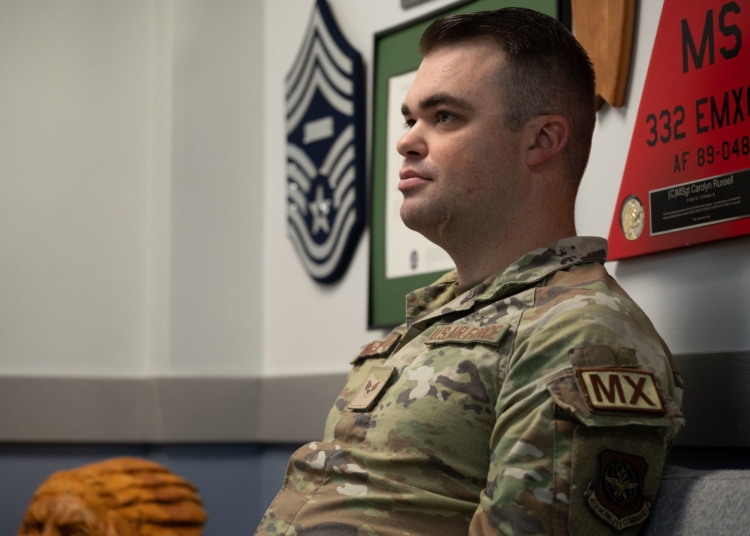The United States Army is the largest branch of the United States Armed Forces and is responsible for land-based military operations. This article provides an in-depth look at the U.S. Army, analyzing its structure, capabilities, and historical significance.
The U.S. Army follows a hierarchical structure that enables effective command and control. It is led by the President of the United States, who serves as the Commander-in-Chief. The Secretary of Defense oversees the Army’s operations, and the Secretary of the Army assists in managing the force. The Army consists of various branches, specializing in different aspects of land warfare.
The U.S. Army possesses advanced weaponry, combat vehicles, and aircraft that ensure battlefield superiority. Its infantry, special forces, armored, and artillery units provide direct combat and firepower support. Additionally, its aviation branch utilizes helicopters and other aircraft for air assaults, transport, and reconnaissance.
The Army’s missions extend beyond conventional warfare. It plays a crucial role in peacekeeping, disaster response, and nation-building efforts. The Army’s ability to rapidly deploy forces enables it to provide assistance during natural disasters and stabilize regions affected by conflicts.
The U.S. Army has a significant historical significance in shaping the nation’s destiny. From the Revolutionary War to the fight against terrorism and extremism, the Army has played a pivotal role. The sacrifices made by Army personnel demonstrate their dedication to protecting American interests and values.
In conclusion, the U.S. Army is an essential component of America’s land power, ensuring the nation’s security and protecting its interests. Understanding its role and capabilities is crucial for appreciating its contributions to the nation’s defense.
Introduction
The United States Army is the largest branch of the United States Armed Forces and is responsible for land-based military operations. It plays a crucial role in protecting the nation and its interests at home and abroad. This article provides an in-depth look at the U.S. Army, analyzing its structure, capabilities, and historical significance.
Structure and Organization
The U.S. Army follows a hierarchical structure that enables effective command and control. At the top of the hierarchy is the President of the United States, who serves as the Commander-in-Chief of the armed forces. The Secretary of Defense, a civilian appointed by the President, oversees the Army’s operations. The Secretary of the Army, as the highest-ranking civilian official within the Army, assists in managing the force.
Beyond the civilian leadership, there is a chain of command within the Army. It begins with the Chief of Staff of the Army, followed by commanding generals of various units and divisions. The Army also consists of several branches, including Infantry, Armor, Artillery, Aviation, Signal Corps, and more, each specializing in different aspects of land warfare.
Capabilities and Missions
The U.S. Army possesses a wide range of capabilities that allow it to fulfill its missions effectively. It is equipped with advanced weaponry, combat vehicles, and aircraft that ensure battlefield superiority. The Army’s infantry and special forces units are trained for direct combat, while armored and artillery units provide firepower support. Additionally, its aviation branch utilizes helicopters and other aircraft for air assaults, transport, and reconnaissance.
The Army’s missions extend beyond conventional warfare. It plays a crucial role in peacekeeping, disaster response, and nation-building efforts. The Army’s ability to rapidly deploy forces and establish operational bases enables it to provide assistance during natural disasters and stabilize regions affected by conflicts.
Historical Significance
The U.S. Army has played a pivotal role in the history of the United States. From the Revolutionary War that led to the nation’s independence, to the Civil War that preserved the Union and abolished slavery, to the World Wars that helped secure victory for the Allies, the Army has been integral in shaping the nation’s destiny.
Moreover, the Army has been on the frontlines in the fight against terrorism and extremism. In Afghanistan and Iraq, the Army has been engaged in counterinsurgency operations, training local forces, and working to stabilize these regions. The sacrifices made by Army personnel in these conflicts demonstrate their dedication and commitment to protecting American interests and values.
Conclusion
The U.S. Army is an indispensable component of America’s land power, ensuring the nation’s security and protecting its interests. Its hierarchical structure, diverse capabilities, and historical significance make it a significant force both domestically and globally. Understanding the U.S. Army’s role and capabilities is essential for appreciating the magnitude of its contributions to the nation’s defense.













